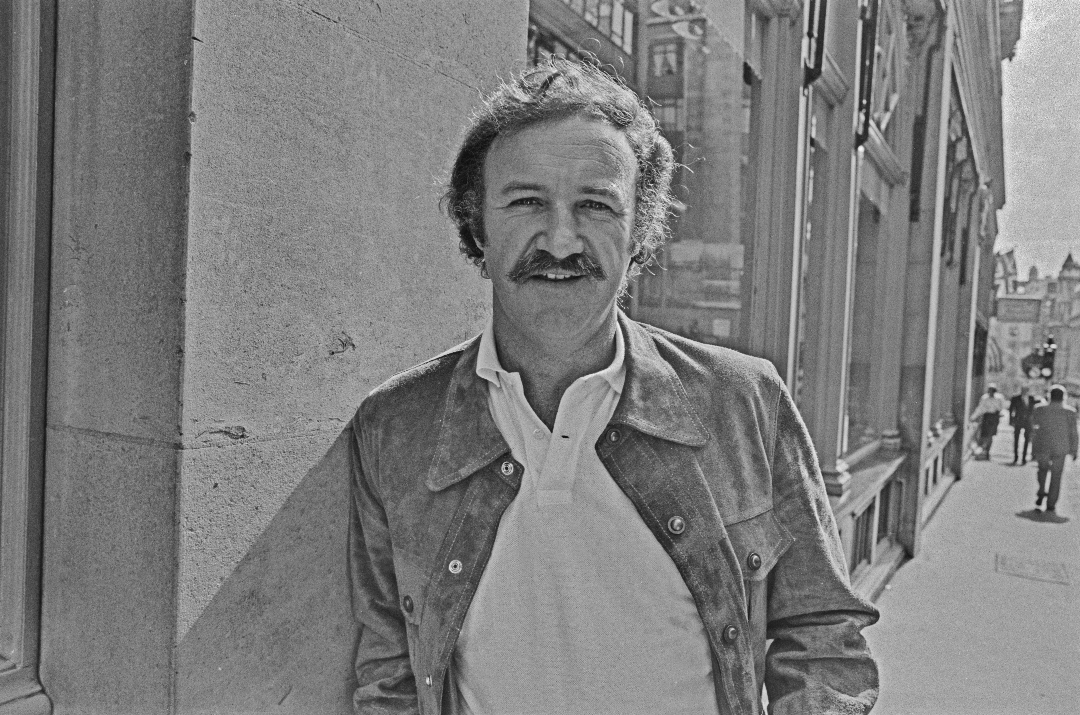The late, great Gene Hackman was a working-class guy from Danville, Illinois, the son of a waitress and a pressman for a local newspaper who deserted the family when young Hackman was just thirteen. An avid moviegoer from childhood and a big fan of the ultimate urban working-class tough, James Cagney, whom he considered “the consummate actor,” Hackman wanted to act from an early age. But he spent many years, after a post-WWII stint in the Marines, moving furniture and driving trucks and selling shoes for a living while he studied acting and got his training on the New York stage.
The furthest thing from a camera-ready glamour boy, Hackman described himself as looking like “your everyday mine worker.” When trying to break into film and television work during an interlude at the Pasadena Playhouse, he and his friend — roommate and fellow outsider Dustin Hoffman — were voted “least likely to succeed.”
But looks aren’t everything, and Hackman got lucky in finally hitting his stride in the 1960s and ’70s, when character actors with rough-hewn, lived-in faces were able to move into starring roles based on talent, charisma, and the same outsider energy that had shunted them into supporting roles before. Hoffman and Lee Marvin and Walter Matthau were Hackman’s peers among unhandsome leading men in the films of that era.
A major actor for almost fifty years, Hackman was found dead this week at age ninety-five, in “suspicious circumstances” that also claimed the lives of his wife Betsy Arakawa, aged sixty-four, and one of their three German Shepherds. Police are investigating the cause of their deaths.
Hackman starred in so many movies, it’s hard to pick out only a few to celebrate. He acknowledged that for decades, “the poor boy in me” made it hard for him to turn down high-paying film roles, and he tended to work to the point of burnout on projects ranging from landmark to lousy. He also found it hard to manage…
Auteur: Eileen Jones

